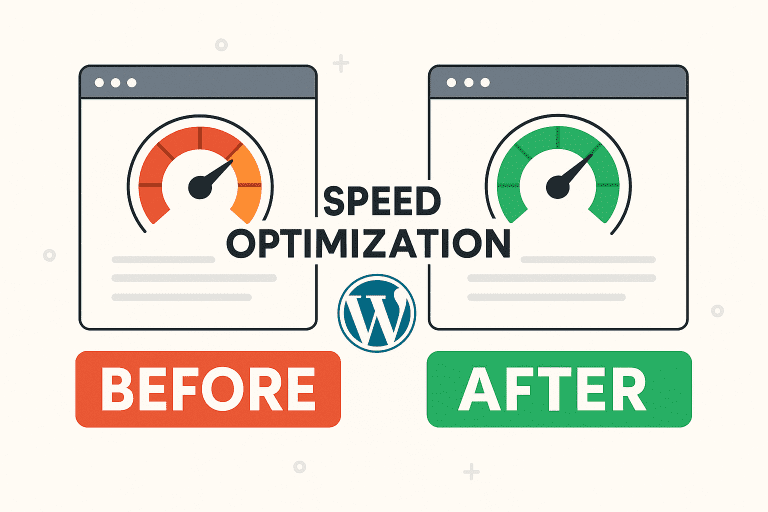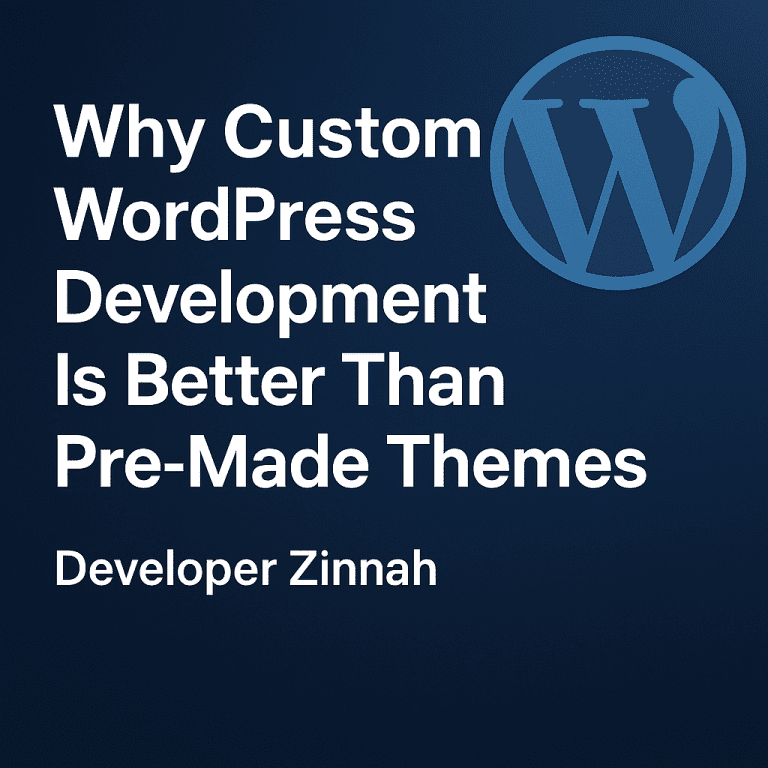Developers have typically had a dilemma when building dynamic and scalable WordPress sites: either write custom PHP for every feature or deal with a dozen third-party plugins. All of that changed with the arrival of Crocoblock — a set of tools that transformed WordPress development forever.
Whether you’re building a booking site, directory, LMS, or feature-rich membership site, Crocoblock has it all at your fingertips.
History of Crocoblock
Crocoblock was launched in 2018 by the same team who founded Zemez (a renowned WordPress template provider). They were attempting to simplify the process of building bespoke sites by developing a modular plugin suite that can be used with Elementor and later Gutenberg.
It has expanded rapidly since its inception, releasing over 20+ JetPlugins, some of the most feature-heavy tools in the Elementor environment.
Core JetPlugins — Crocoblock’s Driving Forces
Crocoblock consists of JetPlugins —. each for a single purpose:
- JetEngine – For creating custom taxonomies, post types, and tax fields
- JetFormBuilder – For creating advanced form logic with repeater support, tax. fields, and integrations
- JetSmartFilters – For live listing filtering, custom posts. and WooCommerce
- JetBooking + JetAppointment – Complete booking systems, calendar. syncing, and availability logic
- JetReviews – Gather. and show dynamic reviews from your users.
- JetSearch – AJAX-smart search for dynamic content
…and many others like JetWooBuilder, JetMenu, JetPopup, JetTabs, etc.
All together, they allow developers to build solid, front-end editable WordPress sites without bloat.
Code Structure and Performance
Crocoblock’s plugin library is based on modularity and clean separation of concerns philosophies. Each JetPlugin is built as a standalone module with standalone scripts, styles, and PHP classes. This means:
- You only load the functionality you require
- Performance is optimized (no bloat)
- Code is written in human-readable, scalable way
- Complies with WordPress best practices, including:
- Use of hooks and filters for adding native functionality
- WP native functions and REST API endpoints
- Use of OOP where appropriate
Shortcodes, widgets, and Elementor integrations
Database Structure
Crocoblock plugins utilize WordPress core tables such as wp_postmeta, wp_options, wp_users, etc., and, if necessary, build custom tables (e.g., bookings and appointments) to facilitate efficient storage and retrieval.
JetEngine, for example, stores meta fields in wp_postmeta, but also allows data to be pulled and displayed dynamically via:
- Dynamic tags
- Listing grids
- Repeater fields
- Custom queries
JetFormBuilder submissions can be saved into:
- Default WP tables
- Custom tables
- External APIs (via webhook)
This makes it ideal for advanced use cases like:
- Multi-vendor platforms
- Custom dashboards
- Front-end user profiles
- Booking calendars
Real-World Use Cases
I’ve personally used Crocoblock for:
- A freelance services marketplace with real-time bookings and chat
- A trainer portal with instructor profiles and live session schedules
- An upgraded local business directory with map listings and filtering
- A WordPress LMS built on CPT using JetSmartFilters and JetEngine relationships
Crocoblock’s strength lies not merely in features, but in how they work together.
Why Developers Love It
✔ Write less code, but build deep systems
✔ Works well with both Elementor and Gutenberg
✔ Active community & updates
✔ Developer-focused documentation
✔ ACF, CPT UI, WPML, Mailchimp, Zapier, and more integration
???? Final Thought
Crocoblock is not a collection of plugins — it’s a whole WordPress development environment. It gives developers the power to create anything, from small business sites to full-fledged SaaS-like websites — all within the WordPress dashboard.
If you’re passionate about creating dynamic, scalable, and maintainable WordPress projects, Crocoblock must be in your toolkit.





